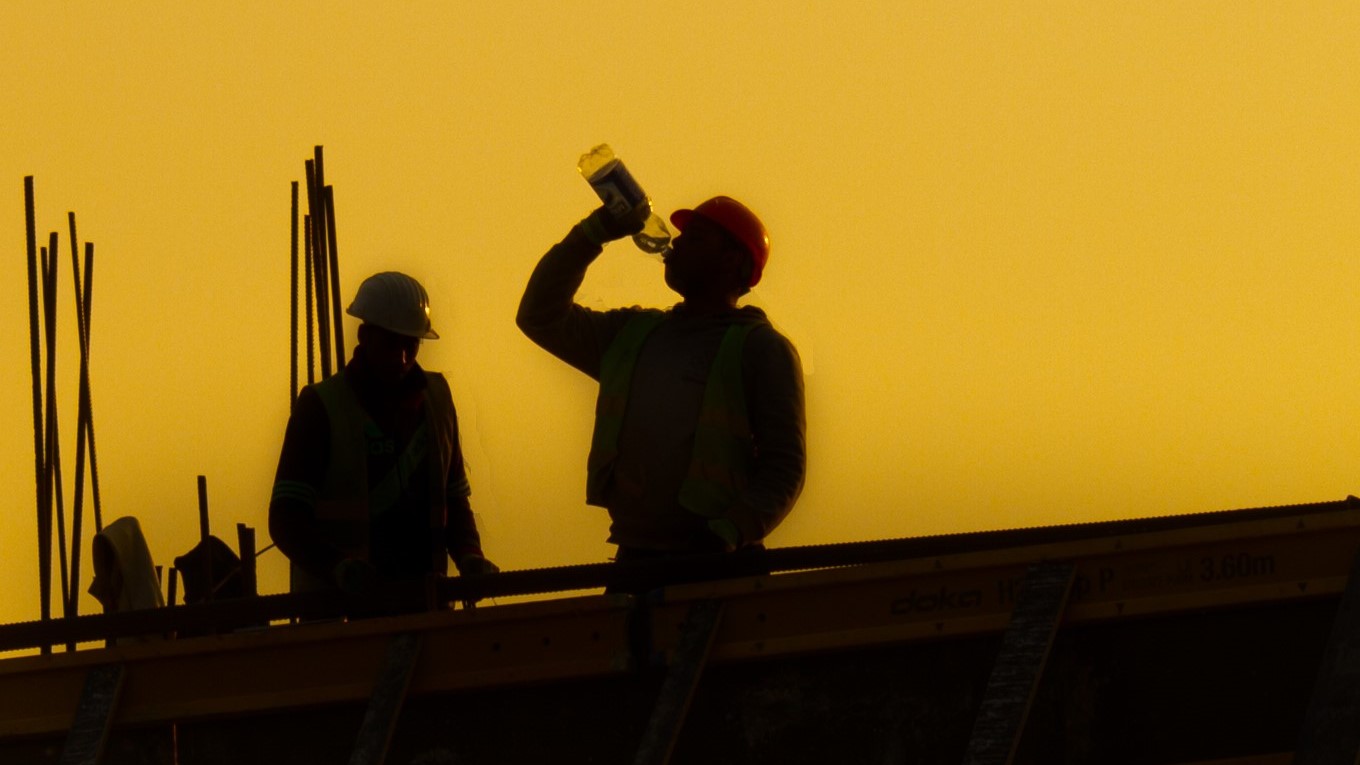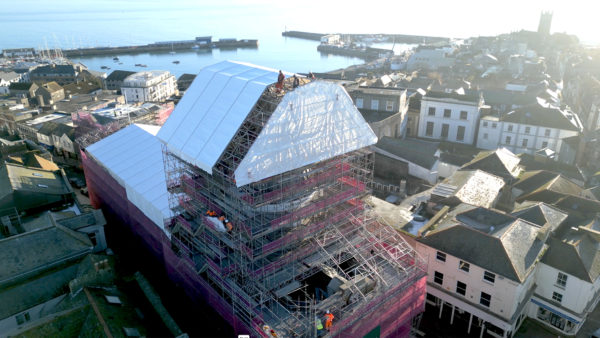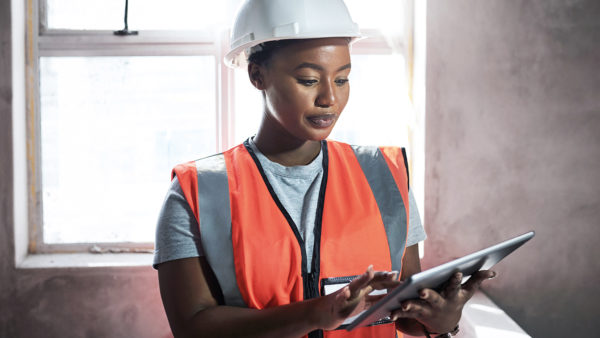There will be obligations for construction companies to improve their water efficiency under the new Environment Act. Alex Minett explains how to stay ahead of the curve

On 10 November 2021, the Environment Act became law. It brought into force a series of measures and standards to improve air quality, water, waste and biodiversity, which all affect construction.
The secretary of state for Department for the Environment, Food and Rural Affairs (DEFRA) will introduce legally binding targets in late 2022. A new, independent Office for Environmental Protection (OEP) will enforce the targets and hold government and public bodies to account on their environmental obligations.
Construction businesses working within local authority and government supply chains therefore need to look at how they monitor and manage environmental matters to ensure they are prepared for more demanding targets.
Water and construction
Water forms a vital part of the Environment Act, with a focus on how to manage water and wastewater services more effectively for future generations. So, what might these measures entail for the construction industry?
In 2022, the government intends to publish a roadmap towards greater water efficiency in new developments and retrofits. This will include an exploration of revised building regulations and how the development of new technologies can contribute to meeting these standards. It states:
“We will ensure that the underlying legislation can, where appropriate, accommodate any potential future expansion of rainwater harvesting, water re-use and storage options.”
The Environment Act will also introduce measures to tackle storm overflows and their adverse impact on the environment. This means that, in the coming months and years, water companies and planning authorities will put increased pressure on the construction industry to reduce stormwater discharge when designing and building developments.
Construction companies should start thinking about the following:
1. Review site operations
The easiest way to start reducing water consumption on your projects is to look at site measures.
Construction sites use a vast amount of water, from on-site cabins and general cleaning to hydro-demolition and dust suppression.
Installing water meters can help monitor how much water is being used. There are also water-saving devices such as aerated taps and waterless urinals in site offices. Hoses with triggers ensure you only use the water you need. Also, try to use harvested rainwater or greywater for cleaning.
“Educating the workforce on the importance of saving water can help to maximise the benefits of any practical measures that are put in place. Toolbox talks are one way of facilitating best practice.”
Educating the workforce on the importance of saving water can help to maximise the benefits of any practical measures that are put in place. Toolbox talks are one way of facilitating best practice. Promoting environmental performance figures on site and asking staff for their ideas and input can encourage a culture where wastage or leaks on site are reported back to the site manager.
2. Build more water-efficient houses
Most new homes already include water meters, but there are other water-efficient fittings, fixtures and appliances to consider.
Examples include taps with time flow controls or aerating spouts, water-efficient showers and toilets, and white goods. Water butts and below-ground storage tanks mean residents can harvest rainwater for use around the home, in toilets, washing machines and watering the garden. There are also devices to filter and reuse greywater from sources such as sinks, dishwashers, showers and washing machines.
Sustainable drainage systems (SuDS) play an important role in sustainable water management. They control surface water at the source, reducing flood risk and providing pollution treatment. New developments using SuDS can reduce, or eliminate, the volume of stormwater that enters the combined sewerage network, while retaining and reusing stormwater to support greater biodiversity above.
This is worth consideration in relation to another key aspect of the Environment Act – biodiversity net gain (BNG). This is where housebuilders will need to achieve at least a 10% improvement in biodiversity on or near a new-build site to get planning consent. It is anticipated this 10% requirement will become mandatory in 2023. Some local planning authorities already require BNG.
It is important to engage your clients early in the project design process to understand their project sustainability aspirations and requirements. You can then propose cost-effective measures that meet both your and your clients’ requirements.
3. Take inspiration from those already doing it
Some businesses have already taken strong action to cut their water use. For example, during the construction of the University of Warwick’s sports hub, Wilmott Dixon challenged its site team to consider what potable water was required during construction, seeking alternatives wherever practicable.
The contractor tested the swimming pool by filling it with 1.3 million litres of rainwater from the underground attenuation tank, avoiding the use of potable water, as well as driving down costs. Measures such as this are helping Wilmott Dixon on its mission to achieve a 50% absolute reduction in water use on site by 2030.
Singapore’s national water agency, PUB, is a world leader on water efficiency. Its Water Efficiency Measures for Construction Sites document recommends appointing a water controller on site to ensure water-efficient practices. These include sending employees on educational courses, installing private water meters for different areas of water usage, and regularly inspecting the water reticulation system for leaks.
Even small steps can make a difference. Some businesses such as Wates have introduced waterless toilets to their construction sites, which can save thousands of litres of water within weeks.
Next steps for construction
It is likely that most construction companies are not measuring water yet. But despite cost and space restrictions, contractors could easily and affordably implement many of these water-efficient solutions within new buildings and during the construction process.
With the Environment Act poised to provide the legislative pressure that was previously lacking, it makes sense for businesses of all sizes to start measuring their water use sooner rather than later.
Contractors can demonstrate their commitment to high environmental standards via the Common Assessment Standard, which is the elite standard for accreditation in the construction industry, covering many areas of risk management, including sustainability. CHAS is one of three recognised assessment bodies offering the Common Assessment Standard.
Alex Minett is head of products & markets at CHAS
Comments
Comments are closed.










The flat roof on portacabins could easily be used to gather rainwater for flushing toilets using the gravity to fill cistern’s . This would be a good sales point for cabin suppliers. While also aiding targets. The same ethos should be used with all roofs . A simple greens roof that filters water to collection tanks can also be used for flushing, garden watering systems etc